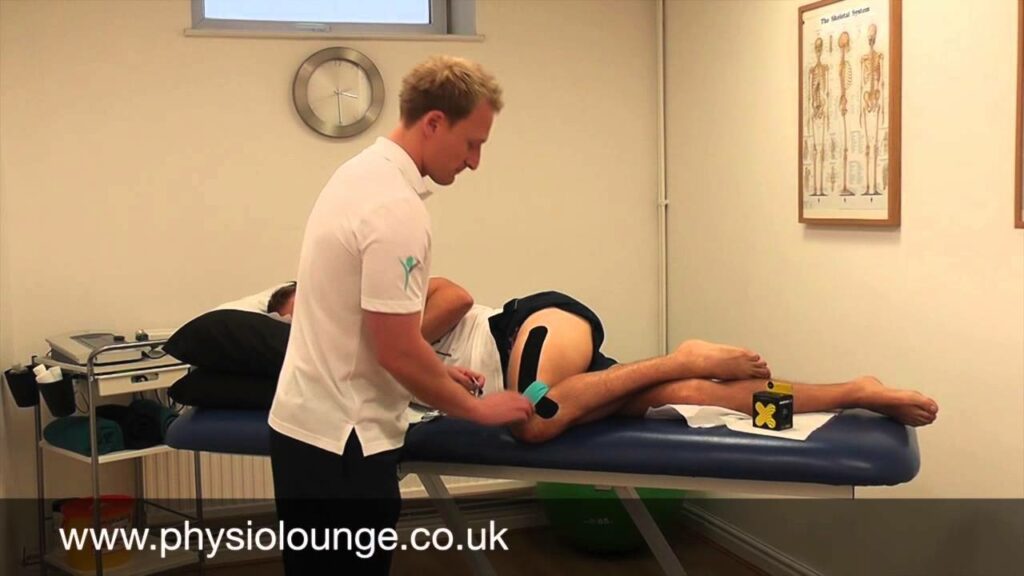Unfortunately, injury is part of everyday life. Whether you’re a top-level athlete or a weekend park runner doing it for shear enjoyment, the likelihood is you’re going to pick up an injury along the way.
Although not every injury is preventable, there are definitely steps we can take to ‘reduce the risk’ of injury.
To reduce the risk of injury, firstly we must understand the risk factors associated with it. Risk factors are multi-factorial and include, age, gender, body composition and fitness levels. Also, opponents and team mates if playing contact sports, wearing the correct equipment and protective equipment and the environment ie the weather conditions or the kind of surface your chosen sport is on, are all risk factors associated with injury.
But, the main risk factor for injury is previous injury.
If you have sustained an injury in the past, either a hamstring strain, a rolled ankle, or an old shoulder injury, you are at an increased risk of reoccurrence, particularly if you have had little to no rehab for that injury.
Some of the most common injuries we see here in the clinic are known as:
- Acute injuries
- Overuse or training volume error injuries
Acute injuries tend to be the ligament sprains, muscle strains, joint dislocations, acute cartilage tears (meniscus in the knee) and bone fractures. These injuries occur when excessive force is placed upon the structures, and if that structure doesn’t have the tensile strength, it will overstretch, tear or break. This is then followed by pain, swelling and bruising.
Overuse or training volume error injuries are when excessive demand is placed on the muscle, tendon or ligament over a longer period of time. Overuse injuries often occur when you greatly increase how much exercise you are doing in a short period of time.
Examples of overuse injuries are Achilles and patella tendinopathy, Rotator cuff related pain in the shoulder and ITB syndrome in the outside of the knee.
We can’t prevent every injury (if an opponent miss-times a tackle in football and inadvertently catches you on the ankle and that ankle rolls underneath you) but we can reduce the risk by taking a few simple steps.

Warm up
Be sure to warm up thoroughly before performing any exercise. This can be a 5-10 minute light cardiovascular exercise and some dynamic stretches to increase the heart rate and help to warm up the muscles by increasing the blood flow.
If your exercise is to lift heavy weights, perform 1-2 sets of lighter weights first before progressing onto your main sets.
Progression
Start your chosen activity at a moderate level that is relevant to you. If you have been a runner in the past and comfortably did 10km runs on a weekly basis, but then for some reason had to stop for a period of time, when you do get back to running you won’t be able to run at the same level as previously because your body will not be conditioned to perform that anymore. If you do try to achieve the same level, you are putting yourself at a greater risk of injury.

Healthy Diet
The best compliment to reduce injury risk is a healthy diet consisting of whole foods with adequate amounts of nutrients, protein, fat and carbohydrates.
Hydration is equally as important and should be maintained before, during and after your workouts.
Recovery & rest
Recovery and rest are crucial to reducing the risk of injury. You will not get fitter/stronger/faster without the required rest and you should be aiming for roughly 8 hours of sleep per night. Recovery days of 1-2 day a week if training 3-4 times a week. Recovery days doesn’t mean complete rest, it might mine on recovery days you do a gentle cycle or a yoga class.
Strengthening & neuromuscular training
Strengthening is one of the most effective and evidence-based methods to prevent injury. There is a misconception that ‘lifting weights’ is to bulk up or put on muscle, but strengthening is essential for all exercise participation, to improve in that exercise but also to reduce injury. Research has shown the benefits of specific strengthening exercises on preventing specific injuries.
Here at the physio lounge all our physios excel at putting together a training program that will not only get you out of pain but also help you achieve the performance you desire; we simply call it our Pain to Performance pathway.
For more information, get in touch by clicking below:



